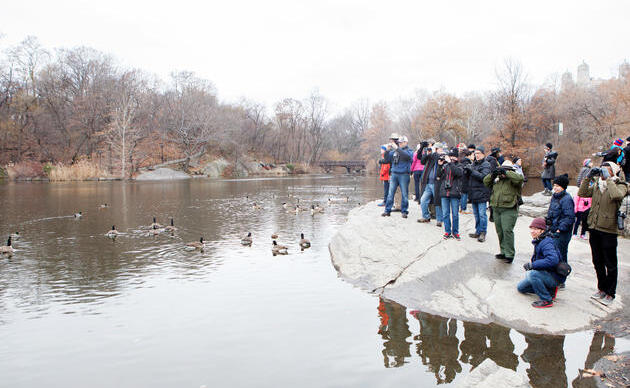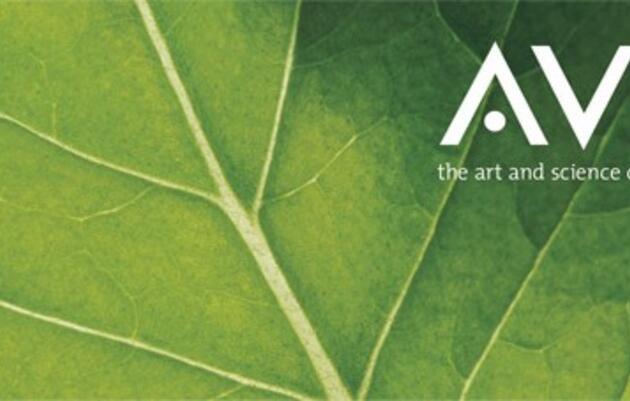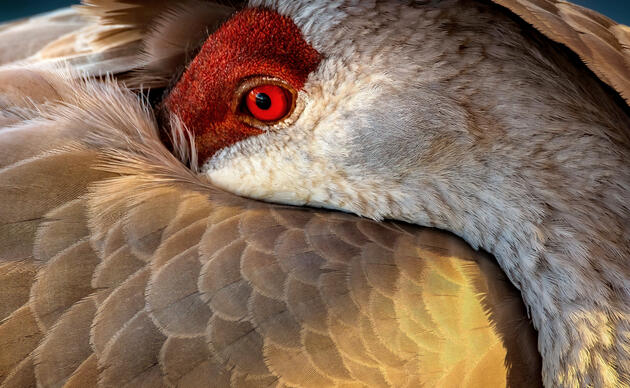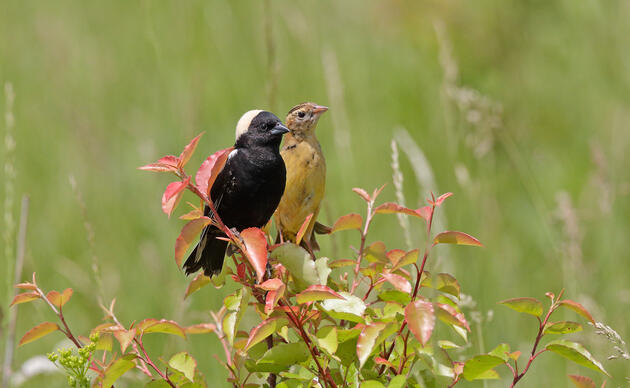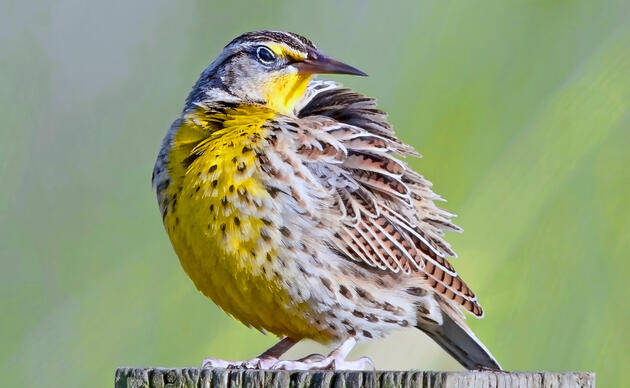AVEDA and Audubon: Clean Water Partners
It is a unique partnership fueled by a common passion for clean water. Aveda and Audubon care deeply about the importance of clean water for the world we live in.
Aveda’s passion stems from its belief that “there is no responsible alternative to doing business other than through the pursuit of environmental sustainability.” Audubon’s passion stems from its mission “to protect birds and their habitat for the benefit of humanity as well as the earth’s biodiversity.” Clean water is fundamental to both organizations. Our partnership is devoted to ensuring that clean water is a right for all and that resources are directed at guaranteeing this right to all living creatures in the Northern Great Plains region of Western Minnesota, Northwest Iowa and the Dakotas.
This region contains some of the most important water resources in the entire country. With its vast array of wetlands, lakes, and winding river systems, the Prairie Pothole region of Iowa, Western Minnesota and the Dakotas More than most states, Minnesota and Iowa have water resources of national and international, significance. Yet there are troubling signs regarding these freshwater resources. Man of regions water has been tested and is considered “impaired.” Rivers and streams carry high levels of sediments, phosphorous and nitrogen. These drain to the Gulf of Mexico where they contribute to creating a 30,000 square mile “dead zone” of oxygen-starved waters.
The trends and threats to our life-giving waters are real and troubling. By engaging people, Audubon is working to address these threats using birds as symbols for explaining why clean water matters. Be a water warrior and get involved in clean water efforts in your community!
How does Audubon protect clean water locally?
Audubon Dakota’s approach to protect and enhance clean water employs three strategies: Conservation, Advocacy, and Outreach and Education. In each endeavor, working to engage people is a hallmark of Audubon’s approach.
- Conservation: Our conservation work for clean water includes identifying, monitoring and conserving key waterways and wetland complexes for birds and people through our Important Bird Areas Program.
- Advocacy: Promoting activities that will improve water quality often go beyond individual practices and are driven by decisions made at the state legislature, within agencies, or in Congress. Audubon organizes grassroots citizen action to press for appropriate outcomes. Wetland protection and restoration is one such issue as wetlands are nature’s filter for polluted waters. Additionally, wetlands serve as natural storage structures thus helping reduce floodwaters during spring thaw.
- Education: Audubon’s clean water educational efforts are designed to move people from awareness to personal action. Our audiences include school children living near our river systems, farmers growing crops near streams, landowners in, personal contacts with the general public attending conservation-related special events, and messaging to the public with outreach materials suggesting how anyone can make a difference.
Why Birds?
Birds serve as an excellent environmental bell-weather. They reflect changes in the environment quickly; they warn us when nature is out of balance, sending out signals whenever there is deterioration in the ecosystem.
What are some examples of how is Audubon works to promote clean water practices and understanding in 2015 as part of its Clean Water Partnership with Aveda?
Conservation Efforts: Important Bird Areas
- Audubon Dakota has commissioned a regional technical committee with the aim to systematically and scientifically identify, monitor and conserve the most important waterways, wetland landscapes and lakes in the Prairie Pothole region for birds and people. We seek constructive collaboration with natural resource agencies, local communities and the navigation industry to improve habitat conditions and water quality along the Red River of the North, Missouri River, Souris River, and the Big Sioux River.
- Audubon Dakota manages 700-acre Alkali Lake in central North Dakota as a part of our Edward M. Brigham III Sanctuary. We are planning a temporary drawdown of the Lake water, which will expose sediments, improve water clarity and help expose shoreline vegetation that ducks, swans and geese depend on. A healthy bed of vegetation also makes a significant contribution to improving water quality.
Advocacy Efforts (statewide)
- Clean water advocacy efforts are a long-standing tradition at Audubon. As part of this tradition, we lead a coalition of environmental and conservation organizations dedicated to insuring clean water. The focus of our current efforts in 2015 are: 1) ensuring that long term funding is in place throughout the region for wetlands conservation; and 2) engaging our grassroots network of Audubon members in Western Minnesota, Iowa and the Dakotas to provide input on legislative changes to the federal farm bill to protect water quality.
Related
How you can help, right now
Support Rowe Sanctuary
Help us continue our important work for Sandhill Cranes and other birds that rely on the Platte River ecosystem!
Support Spring Creek Prairie
We are able to provide and protect this amazing landscape only with the help of private donations. Help us keep the trails open and the prairie thriving!
Support Audubon in the Great Plains
Support our work with local landowners, urban woods and prairies, and education programs in Nebraska and the Dakotas!

